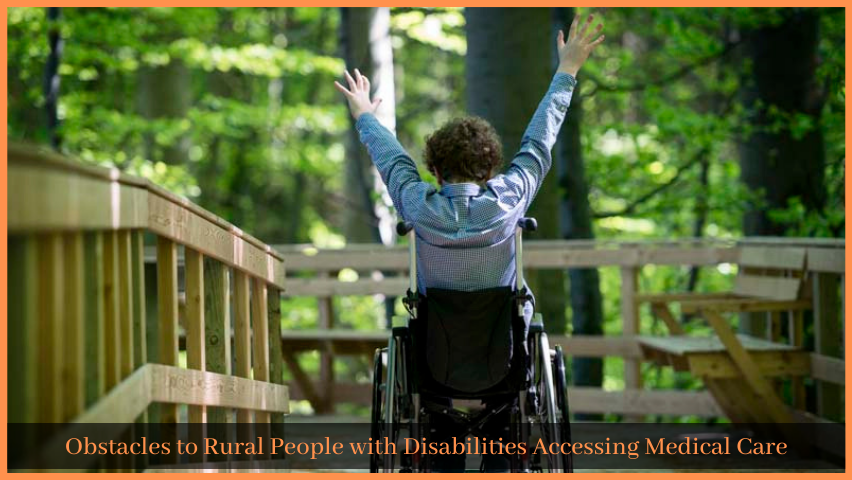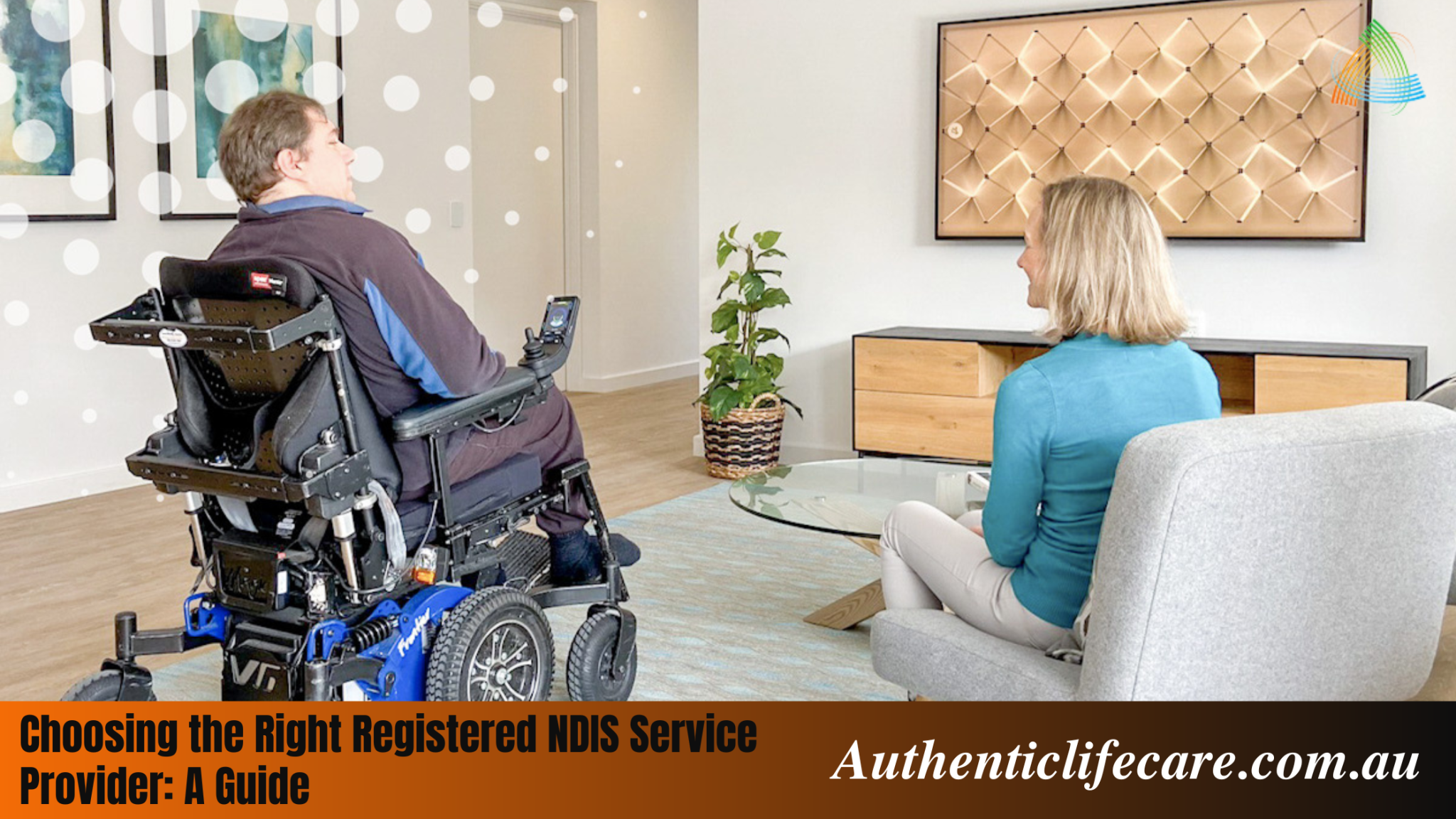When it comes to healthcare, people with impairments encounter numerous obstacles. When it comes to accessing treatment, people with disabilities in rural and metropolitan areas experience many of the same challenges, but rural inhabitants are often at a substantial disadvantage when it comes to acquiring quality healthcare.
Geographic remoteness, competent provider shortages, and the built environment characteristics of the local health clinic are some of the hurdles that are unique to rural towns.
Geographic barriers:
Because rural towns are geographically isolated, there are a limited number of clinic and hospital options within a reasonable distance, as well as secondary and tertiary facilities with more advanced treatment capabilities. This can make care coordination even more challenging, especially for younger disabled people who are both Medicaid and Medicare eligible.
Barriers to transportation:
According to focus groups and colleagues, geographic remoteness limits the transportation alternatives accessible; many para-transport and public transit systems will not travel to larger cities for medical visits.
Barriers in the physical and built environment:
- Parking that is inaccessible
- Sidewalks that are inaccessible or don’t exist
- Patient check-in is limited due to a poorly built front desk.
- Inability to properly navigate through the clinic Poor exam room design and a lack of sufficient equipment
- There aren’t enough handicapped-accessible restrooms.
- Limited funds to update clinics and meet other structural requirements for people with impairments.
Barriers to accessing primary and specialist care are highlighted as a dearth of trained medical staff, primary care physicians, and specialty care physicians, as well as poor retention of currently employed physicians and minimal training available for medical personnel.
A dearth of TTY or hearing accessible phone services, as well as easily available telehealth technology, are further service hurdles. There is also limited access to outreach and care teams, as well as community health workers.
Access to care is hampered by financial constraints. Travel can be costly, and many modes of transportation are not covered by insurance. Even with health insurance, there are fees connected with receiving routine medical treatment. When someone is unemployed or underemployed, money is very tight.













